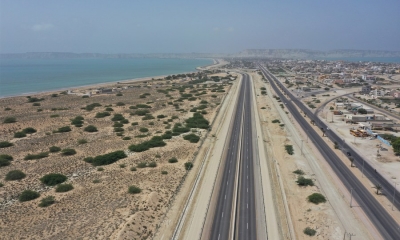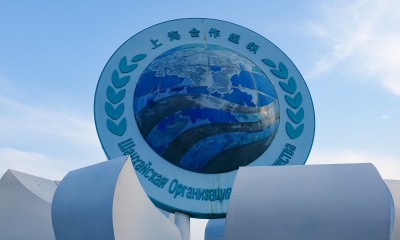COP26: Why Propaganda Against China?
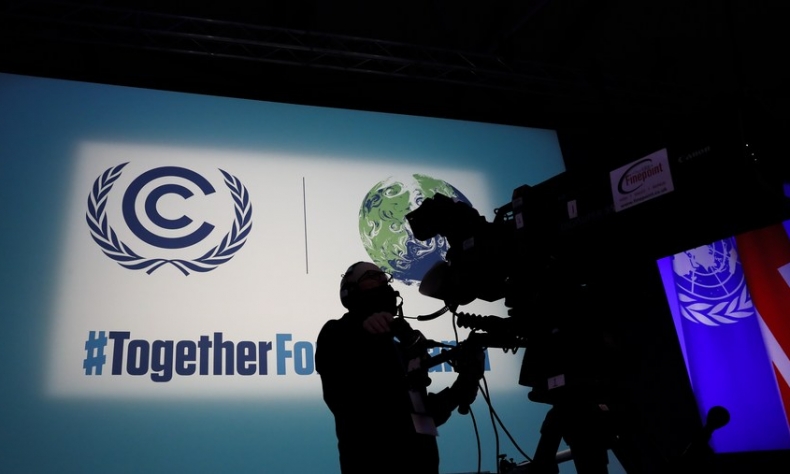
China should not be bothered much by these propaganda campaigns and keep working on its goal of eco-civilization and help other countries, especially the developing countries.
COP26 started with extreme hype and the slogan of “it is the last best hope” to tackle climate change. People are looking towards the leaders; how can they turn this hope into reality.
However, the tune of the conference does not correspond to the expectation of people. It is extremely shocking to note that some leaders who delivered speeches at COP26 to date are not in the mood to act according to their status or responsibility. It seems they are interested to deliver lectures and shift the actions to someone else. The developed world is not ready to shoulder the historical responsibility but to push poor countries to do more. They are offering peanuts in support to shift the burden and divert attention from their commitment of $100 billion, which they had made many years ago.
Simultaneously, some western countries along with their allies are looking for a scapegoat for their inaction and inability. They have pinned China as a scapegoat and some western media have launched a malicious campaign against China. They say China’s contribution is minimal. US President Biden has forged partnership with some countries to criticize China. Biden also criticized Chinese President Xi Jinping for not attending COP26. He tried to accuse China but refused to give any concrete timeline for the US to go for green development or reduction of GHG emissions. Rather, he said it is irrational to go for renewable energy in near future.
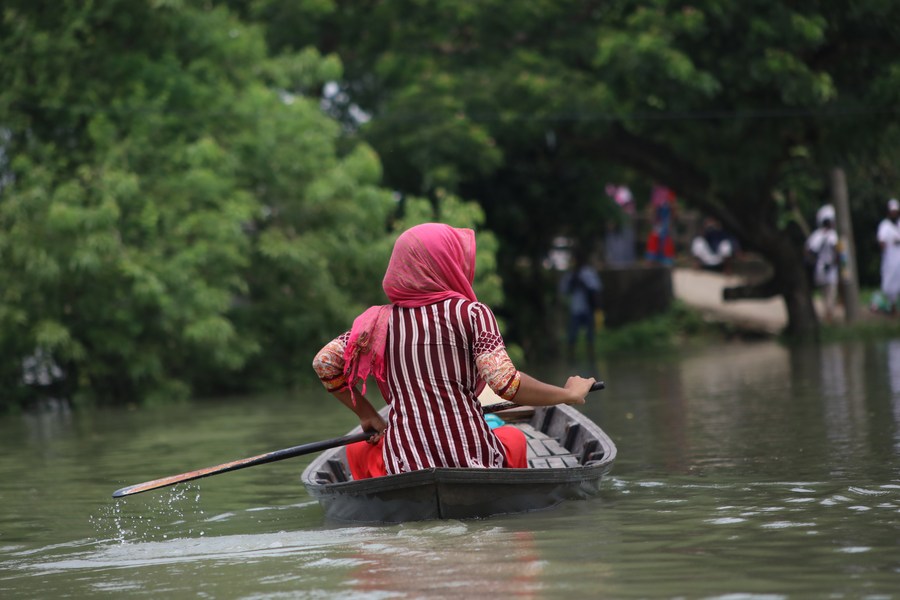
Howbeit, the facts tell us a different story. China is striving hard to contribute to combating climate change. In the last 40 years, China substantially expanded its forest areas. The total forest area of China was 12 percent of the nation’s total land area in 1978, which now stands at 23.4 percent. The added 11.4 percent is equivalent to 1.1 million square kilometers. It is huge, even bigger than total areas of many countries including Pakistan. NASA also highlighted that during the last two decades China’s contribution to global greening is about 25 percent. It is pertinent to mention here that forests play a leading role in sinking carbon content from the atmosphere. So, China is at the forefront to create a huge sink of carbon, which is helpful to the world.
China is busy with protecting biodiversity. China has announced the first list of five national parks during Biodiversity COP15 in Kunming in October to better promote natural conservation. The first list of national parks include the Three-River-Source National Park, the Giant Panda National Park, the Northeast China Tiger and Leopard National Park, the Hainan Tropical Forests National Park, and the Wuyishan National Park, which cover 230,000 square km in total and 30 percent species on the land of China.
China is also tirelessly working to reduce GHG emissions. From 2011 to 2020, China reduced energy intensity by 28.7 percent per unit of GDP. It is also evident from the growth rate of energy consumption (2.8 percent) against the growth rate of GDP (5.7 percent). The share of coal in energy mix decreased from 72.4 percent in 2005 to 56.8 percent in 2020. The contribution of non-fossil has a rising trend in the national energy mix, which has reached 15.9 percent in 2020.
With the vision of Eco-civilization, new philosophy of development and high-quality development, China is transforming its economic, social and environment structure. Eco-civilization is a core ingredient of all development policies and plans in China. President Xi has stressed its importance many times. In the 14th Five-Year Plan (2021-2025), China has committed to reducing carbon emission intensity by 18 percent by 2025.
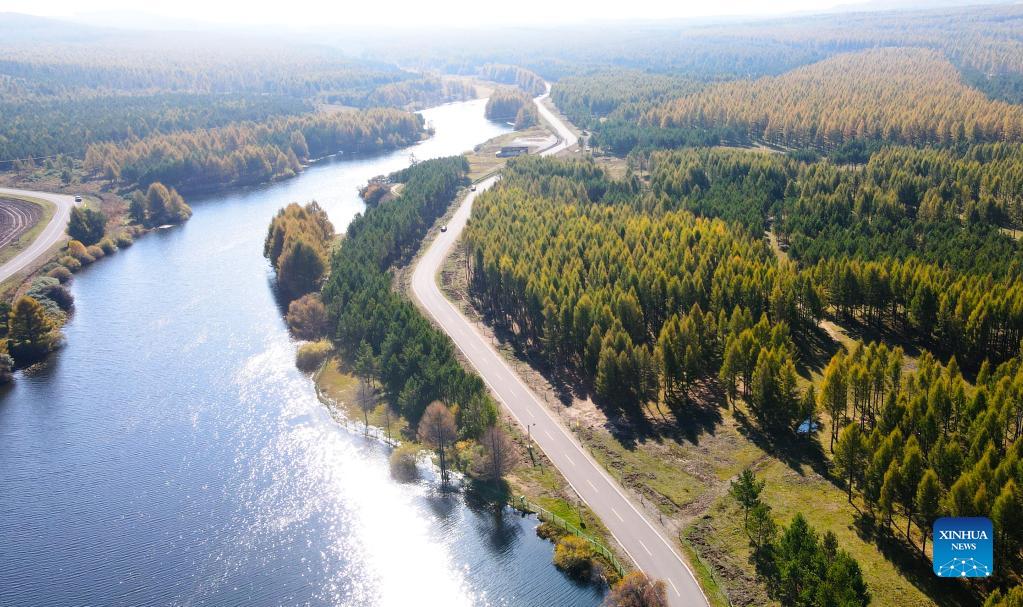
Three-Dimensional Transport Network is another major initiative by China to move towards the building of ecological civilization. It has been designed to modernize and build modern supply chain according to the principles of eco-civilization. China will be looking ways for GHG emission free or less for transportation. Innovation and technological development will be leading instruments to achieve the goal. To reduce the carbon footprint, Chinese leaders also put a lot of emphasis on digital economy and innovation, as well as the legislation for eco-friendly development.
In a nutshell, China contributed more than its share, as China does not have any historical burden or responsibility. China under the leadership of President Xi has further accelerated the efforts to combat the challenges and lead the way for green development. President Xi also calls the international community to join hands to combat these challenges because we have a shared future.
Despite all these efforts, China is still facing criticism and attacks. It is interesting to note that some countries, which are criticizing China, are major polluters and not doing enough in emissions reduction. Further, the analysis of events and facts highlight that the environment and climate change are only used as a smokescreen against China. The real motive of this campaign is to contain China. Thus, no matter what China is doing to combat climate change, it will not satisfy the opponents.
Hence, China should not be bothered much by these propaganda campaigns and keep working on its goal of eco-civilization and helping other countries, especially the developing countries. The good thing is that China is already helping other countries through South-South Cooperation. China has also expanded green cooperation under the Belt and Road Initiative to achieve the sustainable development goals of “development and environment”. Of course, China also needs help from others to further accelerate green development. It is a huge task. China alone cannot complete the task.
 Facebook
Facebook
 Twitter
Twitter
 Linkedin
Linkedin
 Google +
Google +




